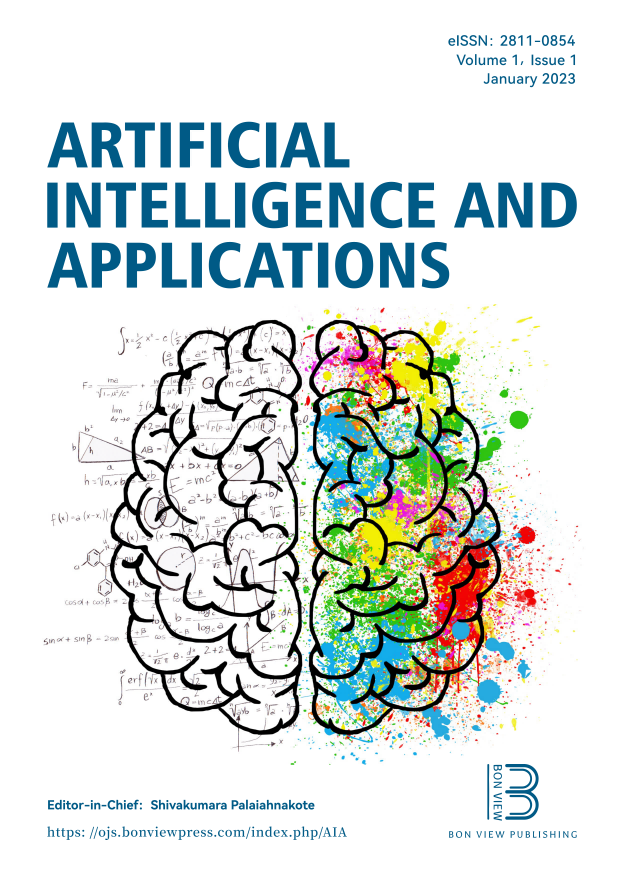Applications of Artificial Intelligence in Automatic Detection of Epileptic Seizures Using EEG Signals: A Review
DOI:
https://doi.org/10.47852/bonviewAIA2202297Keywords:
EEG, CAD system, machine learning, deep learning, artificial intelligence, epileptic seizuresAbstract
Correctly interpreting an Electroencephalography (EEG) signal with high accuracy is a tedious and time-consuming task that may take several years of manual training due to its complexity, noisy, non-stationarity, and nonlinear nature. To deal with the vast amount of data and recent challenges of meeting the requirements to develop low cost, high speed, low complexity smart internet of medical things (IoMT) computer-aided devices (CAD), artificial intelligence (AI) techniques which consist of machine learning and deep learning plays a vital role in achieving the stated goals. Over the years, machine learning techniques have been developed to detect and classify epileptic seizures. But until recently, deep learning techniques have been applied in various applications such as image processing and computer visions. However, several research studies have turned their attention to exploring the efficacy of deep learning to overcome some challenges associated with conventional automatic seizure detection techniques. This paper endeavors to review and investigate the fundamentals, applications, and progress of AI-based techniques applied in CAD system for epileptic seizure detection and characterisation. It would help in actualising and realising smart wireless wearable medical devices so that patients can monitor seizures before their occurrence and help doctors diagnose and treat them. The work reveals that the recent application of deep learning algorithms improves the realisation and implementation of mobile health in a clinical environment.
Received: 5 July 2022 | Revised: 10 August 2022 | Accepted: 27 August 2022
Conflicts of Interest
The authors declare that they have no conflicts of interest to this work.
Metrics
Downloads
Published
Issue
Section
License
Copyright (c) 2022 Authors

This work is licensed under a Creative Commons Attribution 4.0 International License.






